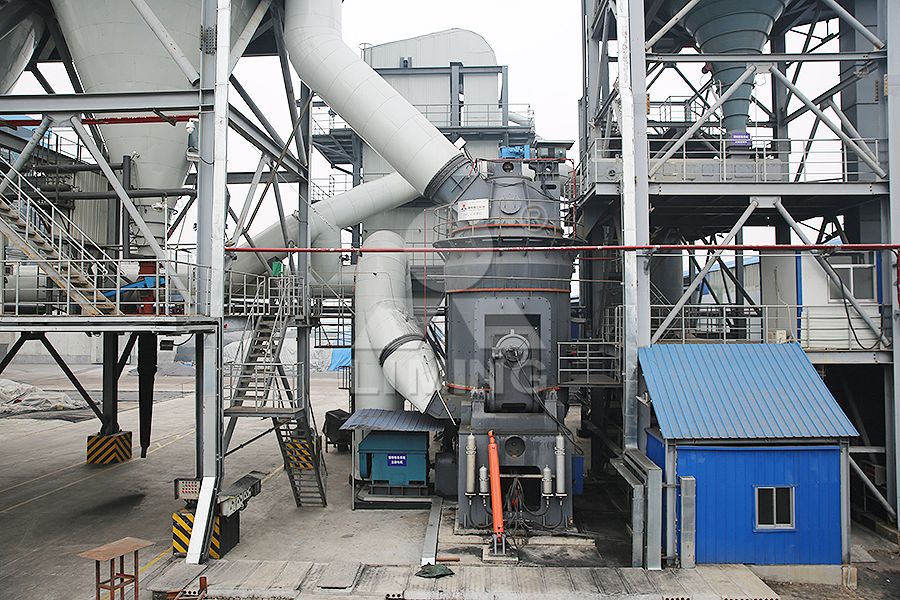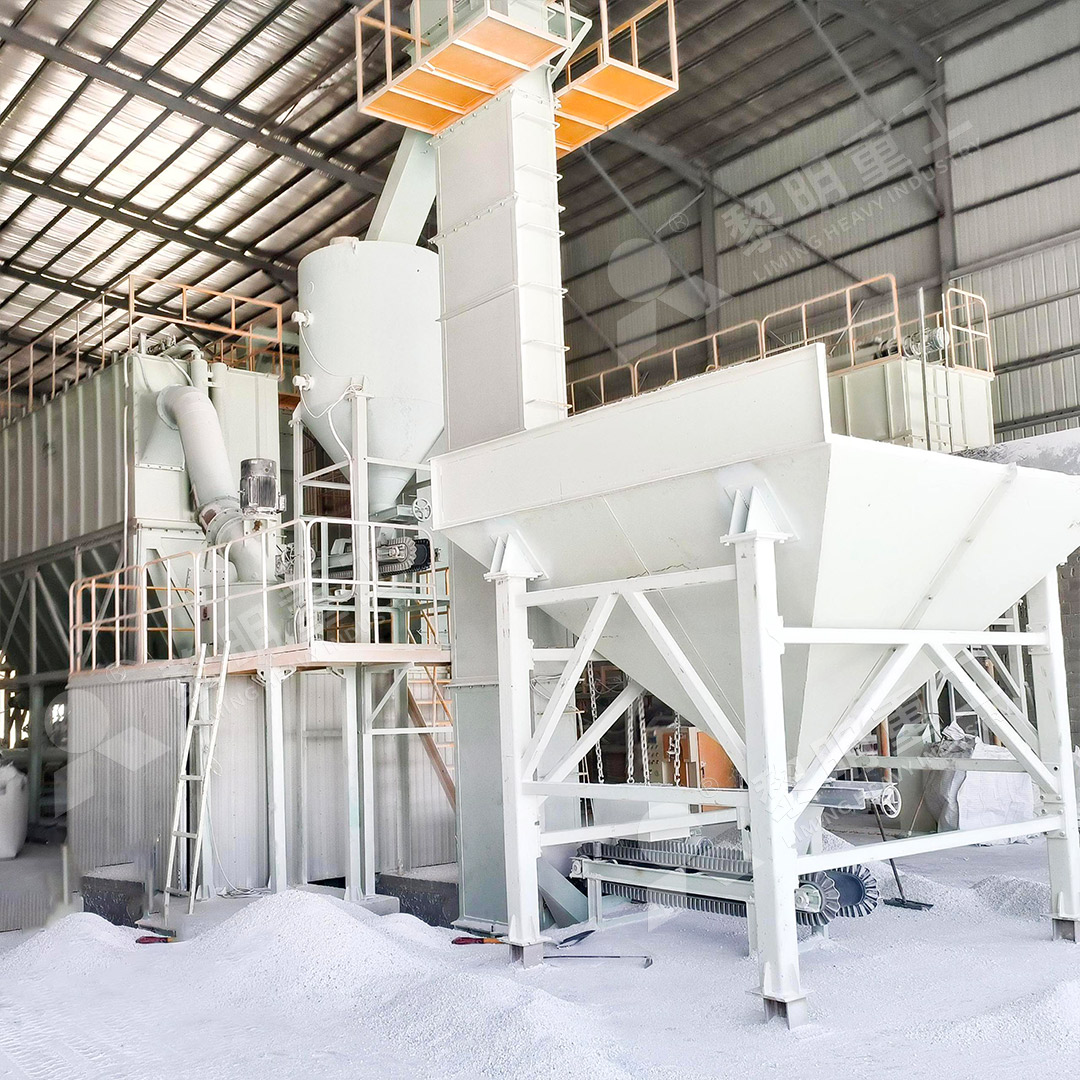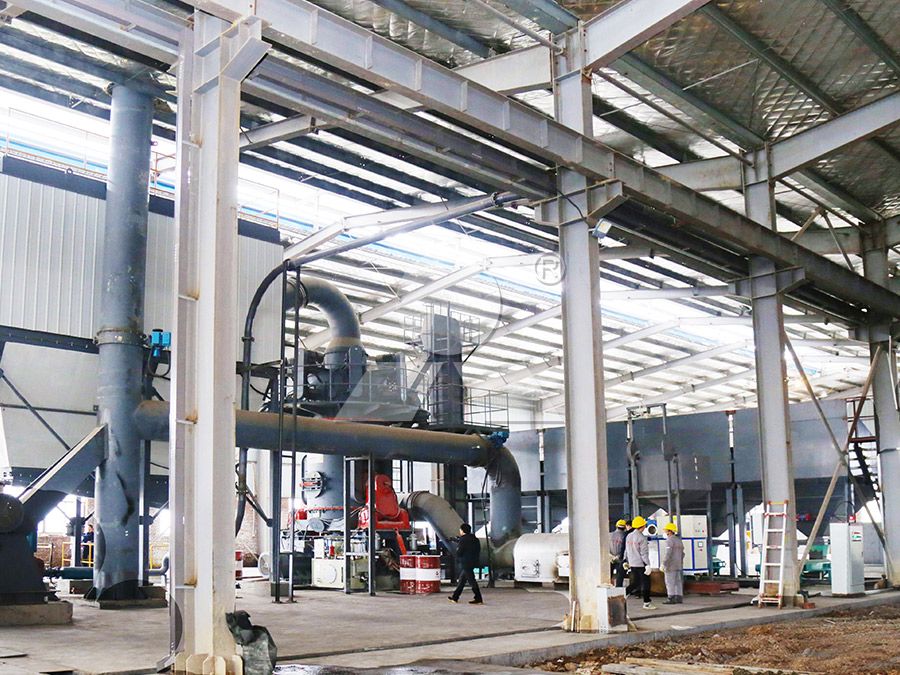Phosphate Ore Vertical Mill for Efficient Mineral Grinding
Unlocking Phosphate Potential Through Advanced Grinding Technology
The processing of phosphate ore presents unique challenges that demand specialized grinding solutions. As a critical component in agricultural fertilizers and industrial applications, phosphate rock requires precise particle size distribution and efficient liberation of valuable minerals. Traditional grinding methods often fall short in meeting the stringent requirements for fineness, energy efficiency, and environmental compliance that modern phosphate processing operations demand.

Vertical grinding technology has emerged as the preferred solution for phosphate ore processing, offering significant advantages over conventional ball mills and horizontal grinding systems. The vertical orientation, combined with advanced grinding mechanisms, enables more efficient particle size reduction while consuming substantially less energy. For operations processing phosphate ore with input sizes ranging from 0-20mm and requiring capacities between 0.5-25 tons per hour, selecting the appropriate grinding equipment becomes crucial for operational success.
The Technical Superiority of Vertical Grinding Systems
Modern vertical mills incorporate several technological innovations that make them particularly well-suited for phosphate ore applications. The integration of drying, grinding, classification, and conveying within a single unit streamlines the entire process flow. This compact design not only reduces the footprint by up to 50% compared to traditional ball mill systems but also minimizes material handling and transfer points, reducing potential dust emissions and material losses.
One of the standout performers in this category is the MW Ultrafine Grinding Mill, which has demonstrated exceptional capabilities in phosphate ore applications. With an input size capability of 0-20 mm and capacity range of 0.5-25 tph, this machine addresses the specific needs of phosphate processors. The newly designed grinding curves of the grinding roller and ring significantly enhance grinding efficiency, achieving production capacity increases of up to 40% compared to jet mills and stirred mills, while consuming only 30% of the energy of jet grinding systems.

Key Operational Advantages for Phosphate Processing
The MW Ultrafine Grinding Mill incorporates German cage-type powder selector technology, allowing precise adjustment of fineness between 325-2500 meshes. This level of control is particularly valuable for phosphate applications where specific particle size distributions directly impact downstream processing and final product quality. The ability to achieve d97≤5μm in a single pass significantly enhances processing efficiency.
From a maintenance perspective, the absence of rolling bearings and screws in the grinding chamber eliminates common failure points that plague traditional grinding equipment. Operators no longer need to worry about bearing damage or loose screws causing machine failure. The external lubrication system enables continuous 24-hour operation without shutdowns for maintenance, a critical factor for phosphate processing facilities operating around the clock.
Environmental Compliance and Operational Safety
Phosphate processing facilities face increasing regulatory pressure regarding dust emissions and noise pollution. The integrated pulse dust collector in the MW Ultrafine Grinding Mill ensures no dust pollution during operation, while the silencer and noise elimination room reduce operational noise to compliant levels. The entire production system adheres to national environmental protection standards, providing peace of mind for operators in environmentally sensitive regions.
Digitalization plays a crucial role in maintaining consistent grinding performance. With tens of lines of numerical controlling machine tools handling operations from steel plate cutting to final paint spraying, the machining precision reaches exceptional levels, particularly for core components. This digital precision translates to reliable, consistent operation and reduced maintenance requirements.

Frequently Asked Questions
What makes vertical mills superior to traditional ball mills for phosphate ore grinding?
Vertical mills offer significantly higher energy efficiency, typically reducing power consumption by 30-40% compared to ball mills. Their integrated design combines multiple processing steps into a single unit, reducing footprint and operational complexity. The controlled grinding environment also produces more consistent particle size distribution.
How does the MW Ultrafine Grinding Mill handle variations in phosphate ore hardness?
The mill features adjustable grinding pressure and rotational speed controls that automatically compensate for variations in ore hardness. The hydraulic system maintains optimal grinding force regardless of material characteristics, ensuring consistent product quality.
What maintenance requirements should phosphate processors expect with vertical grinding systems?
Modern vertical mills like the MW series require substantially less maintenance than traditional grinding systems. The absence of internal bearings and screws in the grinding chamber eliminates common failure points. Routine maintenance primarily involves external lubrication and periodic inspection of wear parts, with most components accessible without full disassembly.
Can the same grinding mill process different types of phosphate ore?
Yes, the adjustable parameters including grinding pressure, rotational speed, and classifier settings allow the same mill to efficiently process various phosphate ore types with different mineralogical characteristics and hardness levels.
What environmental benefits do vertical grinding mills offer for phosphate processing?
These systems operate under negative pressure with integrated dust collection, virtually eliminating dust emissions. The enclosed design, combined with noise reduction features, ensures compliance with strict environmental regulations while maintaining worker safety.
